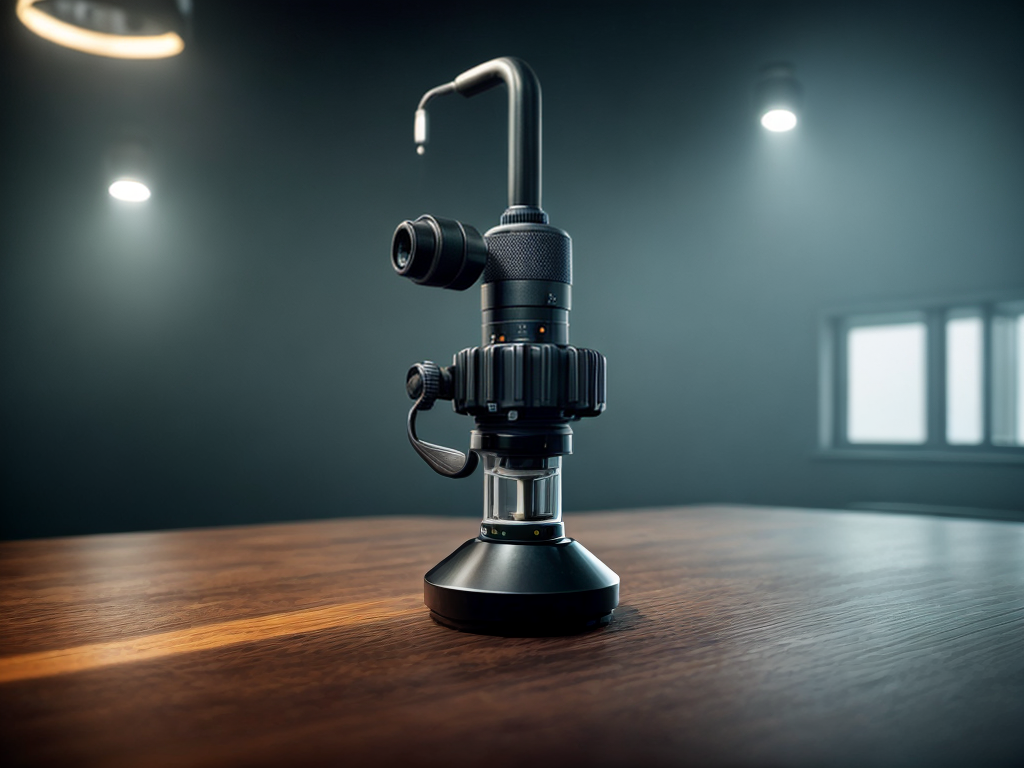
Did you know that choosing the wrong valve for your application can result in significant losses? With countless options available in the market, finding the right valve can be a daunting task. However, fear not, as I will guide you through the process of selecting the perfect valve for your specific needs. From understanding your application requirements to evaluating materials and construction, I will provide you with the essential knowledge to make an informed decision. So, let’s dive into this buyer’s guide and unlock the secrets of choosing the right valve that will ensure optimal performance and efficiency.
Understanding Your Application Needs
To choose the right valve for your application, it is imperative to thoroughly understand your specific needs. Valve selection criteria play a crucial role in ensuring optimal performance and efficiency. Each application comes with its own set of challenges, and understanding these challenges is essential in making an informed decision.
When considering valve selection criteria, it is important to evaluate factors such as the type of fluid or gas being controlled, the operating pressure and temperature, flow rate, and the required level of control. These factors determine the type of valve that will best suit your application.
Application specific challenges also need to be taken into account. These challenges can include corrosive fluids, high pressure drops, abrasive particles, or extreme temperature variations. By understanding these challenges, you can select a valve that is specifically designed to withstand and overcome them.
Additionally, it is important to consider the maintenance requirements and lifespan of the valve. Some applications may require frequent maintenance or have limited downtime for repairs. In such cases, selecting a valve that is easy to maintain or has a long lifespan can greatly reduce downtime and increase operational efficiency.
Types of Valves and Their Uses
Understanding the specific types of valves and their respective uses is crucial in selecting the appropriate valve for your application. Different valves have different functions and are designed to suit specific needs. Here are a few types of valves commonly used in various applications:
-
Gate valves: These valves are used to control the flow of fluid by either fully opening or fully closing the passage. They are known for their ability to provide a tight seal, making them ideal for applications that require a high level of shut-off integrity. Gate valves are commonly used in pipelines, water treatment plants, and oil and gas industries.
-
Check valves: Also known as non-return valves, check valves allow fluid to flow in one direction and prevent backflow. They are designed to automatically open and close based on the pressure difference across the valve. Check valves are commonly used in pumping systems, HVAC systems, and water supply networks.
-
Globe valves: Globe valves are widely used for regulating flow in pipelines. They have a globe-shaped body with a movable disk that controls the flow by adjusting the position of the disk. Globe valves are suitable for applications that require precise flow control and are commonly used in industries such as power generation, chemical processing, and pharmaceuticals.
Understanding the specific types of valves and their uses is essential in selecting the right valve for your application. Whether you need to control flow, prevent backflow, or regulate flow, there is a valve designed to meet your specific requirements. By understanding the functions and applications of valves such as gate valves, check valves, and globe valves, you can make an informed decision and ensure the optimal performance of your system.
Factors to Consider When Choosing a Valve
When choosing a valve, it is important to consider several key factors. Valve selection criteria and industry-specific requirements play a crucial role in determining the right valve for your application. To ensure optimal performance and efficiency, here are some factors to consider.
Firstly, you need to assess the type of fluid or gas that will flow through the valve. Different valves are designed to handle specific media, such as water, oil, gas, or corrosive chemicals. Understanding the characteristics of the media, including temperature, pressure, viscosity, and chemical composition, is essential in selecting the appropriate valve material and design.
Secondly, consider the flow rate and pressure drop requirements of your application. Valves come in various sizes and have different flow capacities. It is vital to choose a valve that can handle the expected flow rate without causing excessive pressure drop, as this can impact the overall system performance.
Next, evaluate the operating conditions, including the temperature and pressure range. Some valves are only suitable for low-pressure applications, while others can withstand high-pressure environments. Similarly, valves have temperature limitations that must be considered to prevent material degradation or failure.
Additionally, industry-specific requirements must be taken into account. Certain industries, such as oil and gas, pharmaceuticals, and food processing, have specific regulations and standards that govern valve selection. Compliance with these requirements is crucial to ensure safety, reliability, and adherence to industry best practices.
Lastly, consider the maintenance and repair requirements of the valve. Some valves are easy to access and service, while others may require specialized tools or expertise. Understanding the maintenance needs will help you plan for any potential downtime or maintenance costs associated with the valve.
Evaluating Valve Materials and Construction
Considering the critical factors mentioned earlier, it is crucial to thoroughly evaluate the materials and construction of a valve to ensure its suitability for the application. When evaluating valve materials and construction, there are two key factors to consider: corrosion resistance and temperature compatibility.
-
Corrosion Resistance: It is essential to choose a valve material that can withstand the corrosive nature of the fluid being handled. Different materials have varying levels of resistance to corrosion, so it is important to select the right material based on the specific application. Factors such as pH levels, chemical composition, and operating conditions should be taken into account to determine the optimal corrosion-resistant material for the valve.
-
Temperature Compatibility: Valves must be able to withstand the temperatures they will be exposed to during operation. Different materials have different temperature limits, and exceeding these limits can result in valve failure or damage. It is crucial to select a valve material that can handle the temperature range of the application to ensure reliable and safe operation.
Sizing and Flow Rate Considerations
To ensure optimal performance, it is important to carefully consider the sizing and flow rate requirements of the valve for your application. Proper sizing ensures that the valve can handle the desired flow capacity without causing excessive pressure drop.
When selecting a valve, it is crucial to determine the flow capacity needed for your specific application. This involves calculating the maximum flow rate that the valve will need to handle. Factors such as the size and type of the fluid being controlled, as well as the desired flow rate, must be taken into account. By accurately determining the flow capacity, you can select a valve that can handle the required flow without causing any performance issues.
Another important consideration is the pressure drop across the valve. Pressure drop refers to the decrease in pressure as the fluid flows through the valve. Excessive pressure drop can negatively impact the performance of the system and lead to inefficiencies. It is essential to choose a valve that can minimize pressure drop while still achieving the desired flow rate.
To accurately determine the sizing and flow rate requirements, it is advisable to consult with a valve manufacturer or an experienced engineer. They can provide valuable insights and help you select the appropriate valve for your application. By carefully considering the flow capacity and pressure drop, you can ensure that the valve will operate efficiently and meet your specific needs.
Valve Operation and Control Options
When it comes to valve operation and control options, there are several types of valve controls to consider. These controls include manual, electric, pneumatic, and hydraulic options, each offering its own advantages and limitations. The choice of valve control depends on various factors such as the application requirements, system design, and the level of automation desired.
Types of Valve Controls
There are various types of valve controls available for different applications, offering precise operation and control options. When selecting a valve control option, it is important to consider the specific requirements of your application. Here are three common types of valve controls to consider:
-
Manual Valves: These valves are operated manually, allowing the user to control the flow by turning a handle, lever, or wheel. They are simple, cost-effective, and suitable for applications where frequent adjustments are not required.
-
Solenoid Valves: These valves use an electromagnetic coil to control the flow of fluid or gas. They offer fast response times and can be easily automated. Solenoid valves are commonly used in applications where quick and precise control is necessary.
-
Pneumatic Valves: These valves use compressed air to control the flow. They are often used in industries such as manufacturing and automation, where pneumatic systems are prevalent.
When selecting a valve control option, consider factors such as reliability, ease of use, and compatibility with your existing system.
Factors Influencing Valve Operation
Manual valves, solenoid valves, and pneumatic valves are all types of valve controls that can be influenced by various factors during operation. Two key factors that can significantly impact valve operation are temperature and pressure.
Temperature can have a significant influence on valve performance. Extreme temperatures can cause materials to expand or contract, leading to potential leaks or malfunctioning of the valve. High temperatures can also affect the viscosity of the fluid being controlled, which may impact the valve’s ability to open or close smoothly.
Pressure is another critical factor that can affect valve operation. Higher pressures can put additional stress on the valve, potentially causing leaks or valve failure. On the other hand, low pressures may result in inadequate sealing, leading to fluid leakage.
To better understand the influence of temperature and pressure on valve operation, refer to the table below:
| Factor | Influence on Valve Operation |
|---|---|
| Temperature | Expansion/contraction, fluid viscosity |
| Pressure | Stress, sealing effectiveness |
Tips for Proper Valve Maintenance and Troubleshooting
To ensure optimal performance and longevity of your valves, it is crucial to follow proper maintenance procedures and be equipped with troubleshooting techniques. Here are some valve maintenance tips and troubleshooting techniques that will help you keep your valves in excellent condition:
-
Regular Inspection: Conduct routine inspections to identify any signs of wear, leakage, or damage. Look for issues such as corrosion, loose connections, or worn-out seals. Promptly address any problems found during the inspection.
-
Lubrication: Proper lubrication is essential for valve operation. Regularly lubricate the moving parts of the valve to reduce friction and prevent excessive wear. Use the recommended lubricants specified by the valve manufacturer.
-
Cleaning: Keep the valve and its components clean to prevent the buildup of debris, contaminants, or scaling. Use appropriate cleaning agents and techniques to remove any deposits that may hinder valve performance.
These valve maintenance tips will help you proactively address issues and prevent costly downtime. However, even with regular maintenance, valves may still encounter problems. Here are some troubleshooting techniques to help you identify and resolve valve-related issues:
-
Check for Leakage: If you notice any leakage, inspect the valve for damaged seals, loose connections, or worn-out components. Tighten connections or replace faulty parts as necessary.
-
Monitor Valve Operation: Pay attention to any unusual noises, vibrations, or changes in valve performance. These can be indicators of underlying issues such as valve misalignment or mechanical problems.
-
Consult the Manufacturer: If you’re unsure about the cause of a valve problem or how to fix it, reach out to the valve manufacturer for guidance. They can provide valuable insights and recommend appropriate solutions.


